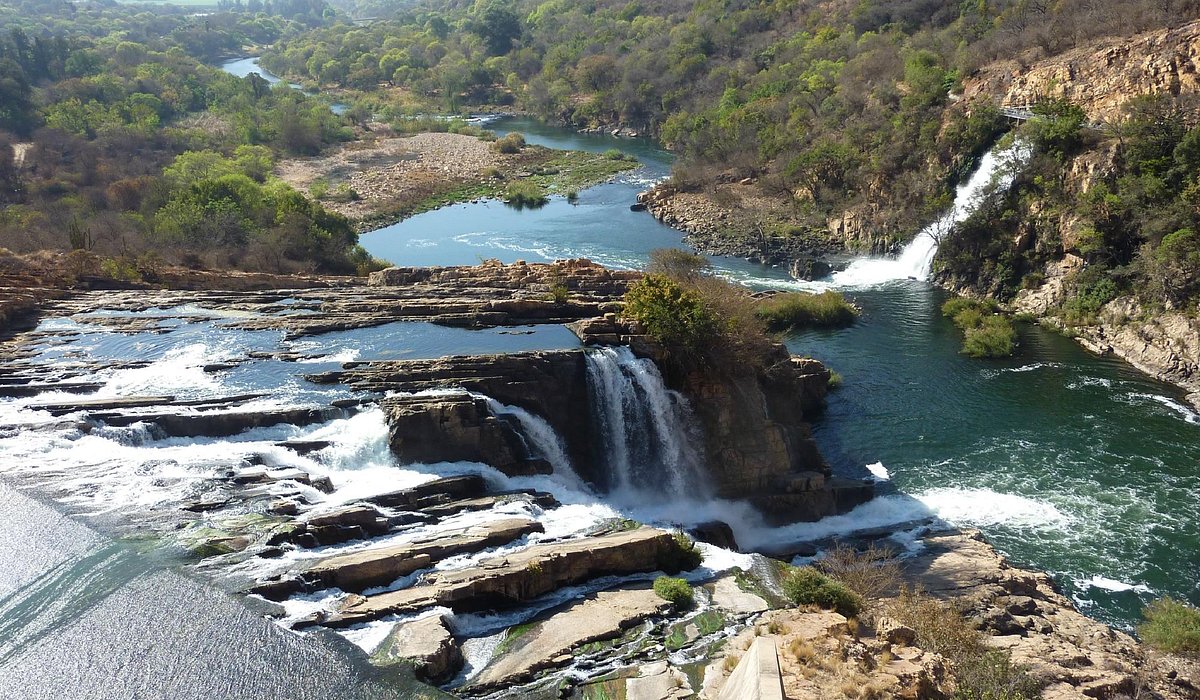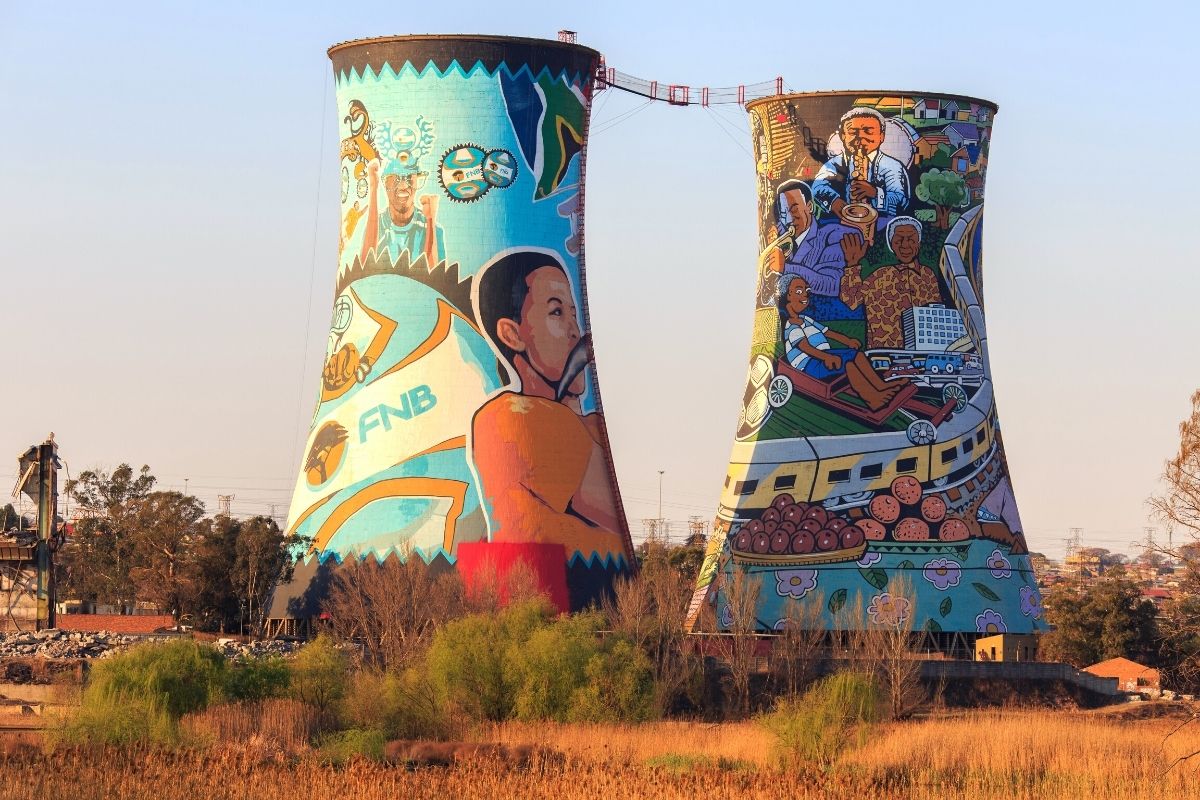The Buzz on Johannesburg North Attractions
The Buzz on Johannesburg North Attractions
Blog Article
Excitement About Johannesburg North Attractions
Table of ContentsSome Known Incorrect Statements About Johannesburg North Attractions Some Of Johannesburg North AttractionsSome Ideas on Johannesburg North Attractions You Need To KnowThe Only Guide to Johannesburg North AttractionsAn Unbiased View of Johannesburg North AttractionsNot known Factual Statements About Johannesburg North Attractions
The city owes its place to the presence of a much more valuable source: gold. The city grew on the edge of the Witwatersrand Key Reef, a below ground stratum of gold-bearing quartz-silica conglomerate that arcs for numerous miles under the Highveld. The majority of the gold mines in the city discontinued operation in the 1970s, but in its day the Witwatersrand gold market made up greater than 40 percent of the globe's annual gold production.Johannesburg has a warm climate. Summer season temperature levels balance regarding 75 F (24 C); winter months temperatures average concerning 55 F (13 C) and only occasionally dip listed below cold. The city appreciates about 8 hours of sunlight per day in both winter months and summer. Rainfall standards regarding 28 inches (700 millimetres) per annum, but the complete varies substantially from year to year.
What rain the city gets falls practically specifically in the summer months, often in amazing late-afternoon electric tornados. Air pollution positions a considerable issue, specifically in the winter season, when thermal inversions impede the westward flow of air from the Indian Ocean. Pollution is most severe in the largely cleared up Black areas on the city's perimeter, where numerous locals still rely upon coal for fuel.

Johannesburg North Attractions for Beginners
The equilibrium of the city is inhabited by whites. Holiday accommodation varies in character and quality.
Physical development, although rather restricted by transportation, proceeded quickly as migration to South Africa, and Johannesburg in certain, enhanced drastically.
The majority of poor residential areas were combined, with poor blacks and whites living with each other, although the wealthy suburban areas were typically reserved for whites. This changed with the political election of the National Party in the 1948 political elections, that began to formalise the system referred to as apartheid. Discrimination formally assigned which suburbs each race can reside in under the Group Locations Act.
The previous system of eleven phoned number regions was reorganised in 2006. Marshalltown, as seen from the top of the Carlton Centre. The M1 and that site M2 run behind the structures, and the southern suburban areas expand past the freeway border. The inner city of Johannesburg is situated within the city's Region F. The estimated populace of the area is 200,000, [] The number of individuals living in the inner city on a casual basis is unknown, as several are illegal immigrants. Many higher-income locals and white individuals have transferred to the north suburbs and have been replaced by lower-income black people. The joblessness, education and learning, and age profiles of the location are all unidentified, because of the problem of obtaining reputable details about the location.
Everything about Johannesburg North Attractions
Yeoville and Bellevue have a mix of apartment and solitary property devices on small lots. The region is situated on a mountainous divide that runs from eastern to west. The most conspicuous geographical attribute is Observatory Ridge, which is called for the huge observatory located on it. The entertainment spaces are no more utilized, because of safety problems.

The 3-Minute Rule for Johannesburg North Attractions
The eastern residential areas are some of the earliest locations of Johannesburg, there are huge communities of Jewish and other European backgrounds, the majority of the populace is English talking. There are three golf training courses as well as a number of secured ridges with viewsites.
Originally built to house male migrant employees, several have been improved as residences for couples and family members. The suburban area was not historically enabled to create employment centres within the area, so practically all of its residents are commuters to other components of the city.
7 Simple Techniques For Johannesburg North Attractions
The N1 Western Bypass attaches the northern suburbs with the north-western suburban areas. The houses in the northern residential areas are primarily official, without considerable areas of informal housing, or real estate that does not have an irreversible structure. basics Although this is a well-known area, there is a trend of land use modification from residential to industrial, specifically along primary arterial roads and around well established nodes.
Roads to the eastern and west are much less well developed, as there are no highways travelling in that instructions. In the direction of the north border of the city, the density of advancement reduces, leaving big locations of undeveloped land around Midrand.
What Does Johannesburg North Attractions Mean?
The initial you can try this out suburb to the north of the internal city is Parktown, which is situated on a hill ignoring the internal city and Hillbrow. It has several rich homeowners and Edwardian-design mansions, as well as the Education and learning and Clinical schools of the University of the Witwatersrand. The large concrete Charlotte Maxeke Johannesburg Academic Health Center controls the skyline of Parktown.
Report this page